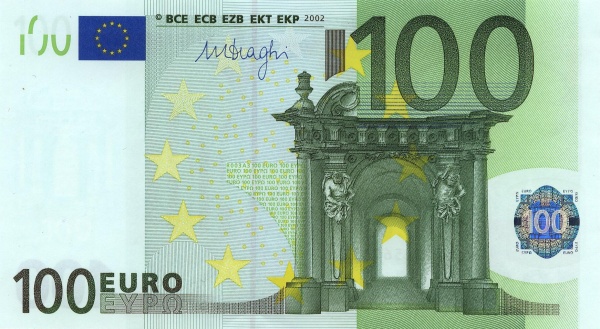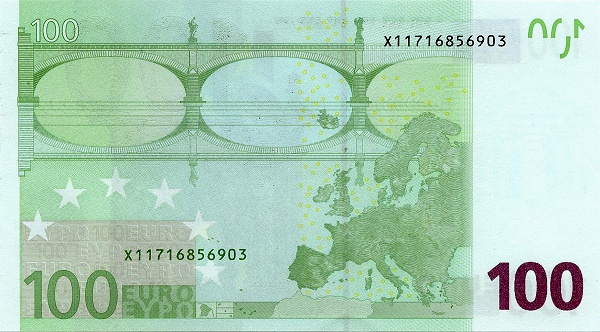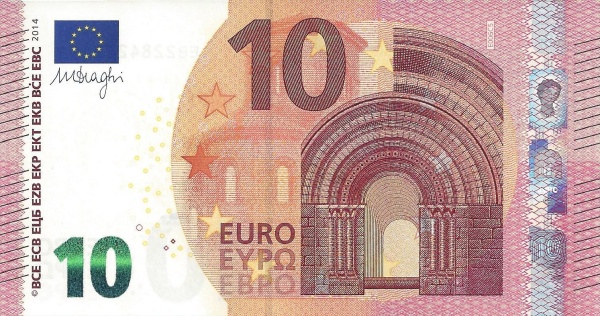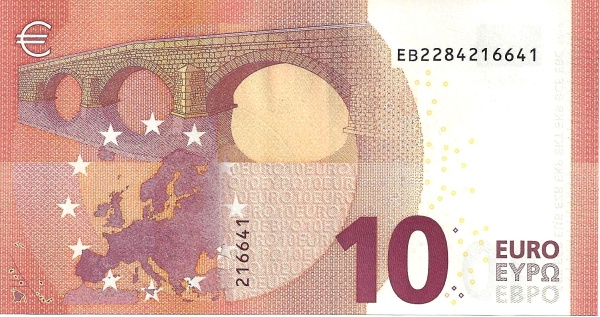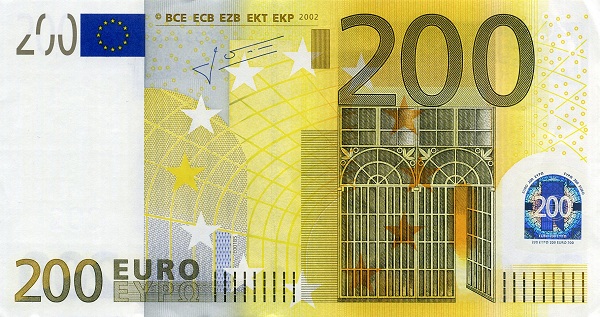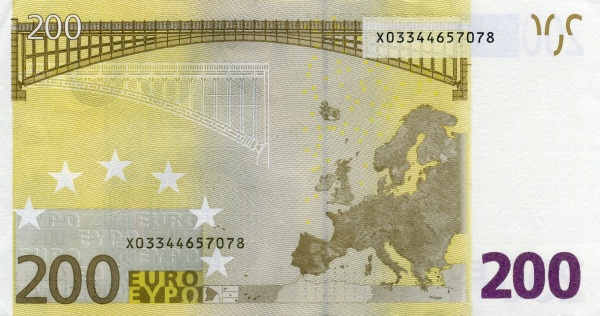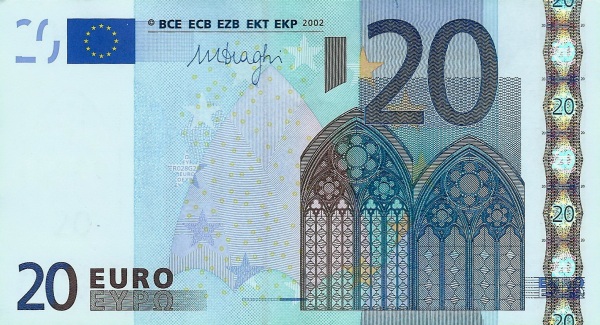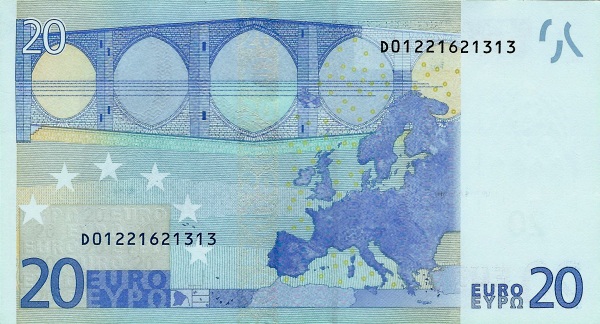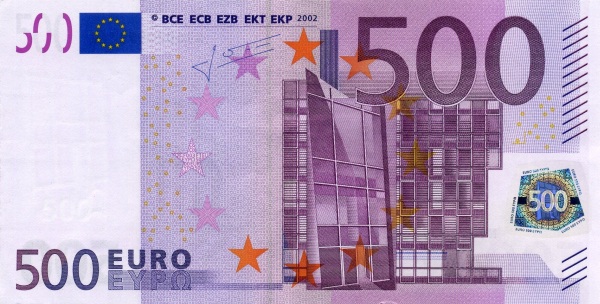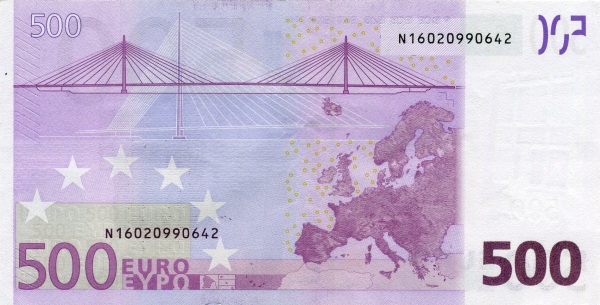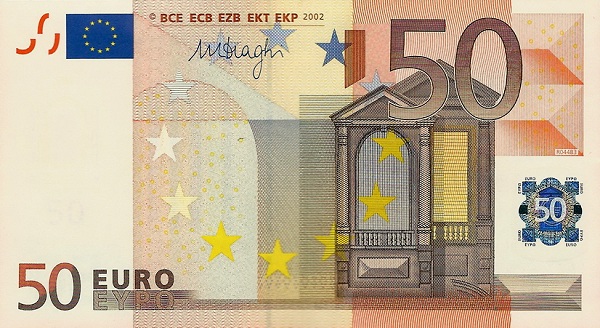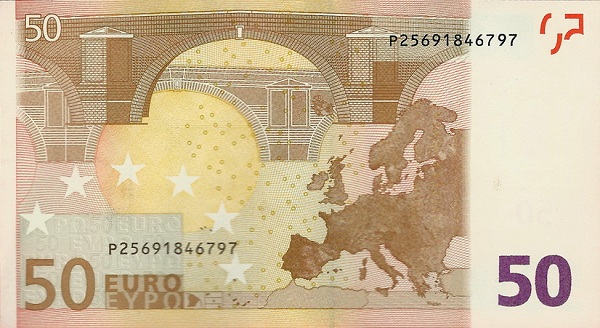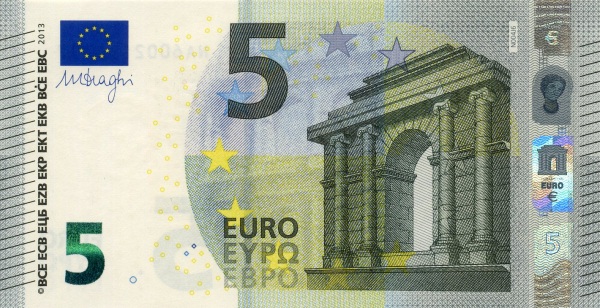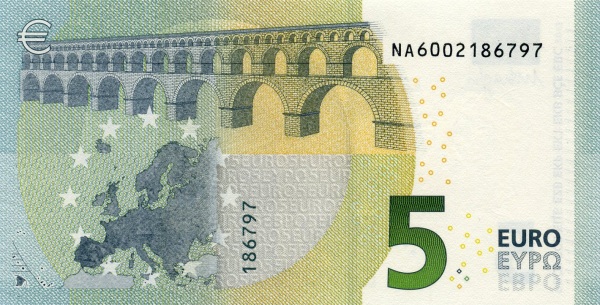Discovering Estonia: A Gem of the Baltic Region
Estonia, a captivating destination located on the southern coast of the Gulf of Finland, acts as a bridge between Eastern and Northern Europe. This small but significant country has borders with Latvia to the south and Russia to the east. To the north, Estonia embraces maritime boundaries with Finland, while it shares its western coastline with the Baltic Sea. Since regaining independence in 1991, Estonia has emerged as a nation rich in culture and history.
The Path to Independence
The journey of Estonia towards independence is a compelling story steeped in historical significance. Throughout centuries, this land witnessed various rulers, including the Danes, Swedes, Germans, and Russians. Consequently, the desire for an independent Estonian state took root in the late 19th century. Ultimately, the dream materialized in 1918 when Estonia declared independence from the Russian Empire. Despite being forcibly integrated into the Soviet Union in 1940, Estonia regained its sovereignty in 1991 following the dissolution of the Soviet regime. After the last Russian troops exited in 1994, Estonia embarked on a path towards closer ties with Western Europe. Today, as a proud member of NATO since April 2004 and the European Union since May 2004, Estonia emphasizes its commitment to global collaboration.
Estonian Governance
Estonia's political landscape operates as a Parliamentary Democracy. The framework of governance was solidified on June 28, 1992, when Estonians ratified a new constitution that harked back to the 1938 model. This remarkable document assures legal continuity for the Republic of Estonia preceding the tumultuous years of Soviet occupation. The president serves as the head of state, while the prime minister assumes the role of head of government. The single-chamber parliament, named Riigikogu, holds significant legislative power, including appointing key officials such as the Prime Minister and the Chief Justice of the Supreme Court. This structure enables Estonia to uphold a robust democratic process.
Geography and Natural Beauty
The geographical landscape of Estonia presents a breathtaking display of nature. Covering an area of 45,227 square kilometers, Estonia resembles Denmark in size but offers unique features that set it apart. Approximately half of the country is blanketed by lush forests, presenting a green paradise teeming with biodiversity. The relatively flat terrain showcases an average elevation of just 50 meters, while the coastline boasts dramatic limestone cliffs and a staggering 1,521 islands. This natural beauty has made Estonia a haven for outdoor enthusiasts and nature lovers alike.
Climate and Seasons
Estonia experiences a temperate climate characterized by four distinct seasons. Each season, lasting nearly equal lengths, contributes unique charms to the landscape. Warm summers bring vibrant colors to the countryside and bustling festivals, while the snowy winters transform the country into a picturesque wonderland. Autumn and spring present a spectacular shift in scenery, where golden leaves fall or bloom awaken, respectively, providing a visual feast for those who venture outdoors.
The Estonian People
The population of Estonia stands at around 1.3 million, with Estonians constituting approximately 65% of the demographic makeup. The presence of Russians, Ukrainians, and Belarusians adds to the cultural diversity of this nation. Despite its small size, Estonia radiates a rich tapestry of ethnicities and traditions. The majority of Estonians adhere to Lutheranism or practice Estonian Orthodox Christianity, showcasing the spiritual heritage of the country. With an impressive literacy rate of 99%, the people value education, further enhancing Estonia's reputation as a progressive nation.
Economy and Industry in Estonia
Estonia’s economy thrives on various industries and exports, contributing significantly to its overall growth. The country specializes in engineering, electronics, and information technology, making it a leader in technological advancements. Additionally, agriculture plays a crucial role, with key products including potatoes, vegetables, and dairy products. The use of natural resources such as oil shale and phosphorite also fuels economic development.
Trade and Exports
In 2015, Estonia's export commodities provided valuable insights into its economic structure. Machinery and electrical equipment accounted for 34% of exports, while food and beverages made up 9%. Other notable exports included mineral fuels, wood products, and metals, reflecting the diversity of Estonia’s trade portfolio. Top trading partners for exports included Sweden, Finland, and Latvia, signaling vibrant economic relationships that span the Baltic region and beyond.
Imports and Global Connections
Estonia’s import profile mirrors its export dynamics, with machinery, electrical equipment, and mineral fuels forming significant portions. Furthermore, the country enjoys robust connections with Finland and Germany, which stand as primary sources for imports. This intricate web of trade relationships reinforces Estonia’s position in the global economy and illustrates its proactive approach to international commerce.
Living in Estonia
Culturally, Estonia showcases a blend of historical influences and modern development. With a strong emphasis on digital innovation, the country has cultivated a vibrant startup ecosystem, earning it the nickname "Silicon Valley of the North." This fostering of entrepreneurship continues to enhance Estonia's global reputation. Outdoor enthusiasts will find endless opportunities in the country’s national parks and nature reserves, which offer hiking, biking, and bird-watching experiences. Additionally, Estonia's enchanting capital, Tallinn, boasts medieval architecture, making it a UNESCO World Heritage Site and a must-visit destination for travelers.
Final Thoughts on Estonia
In conclusion, Estonia, with its rich history, stunning landscapes, and vibrant culture, stands as a remarkable destination in Europe. The country's journey towards independence and its strong democratic principles serve as an inspiring story. Furthermore, Estonia's blend of tradition and modernity continues to attract visitors and businesses alike. Indeed, exploring Estonia means discovering a land of endless possibilities.
Largest cities of: Estonia
| City Name | Population | Year of foundation | |
| Tallinn | 437,619 | 1254 | |
| Tartu | 85,037 | 1030 | |
| Narva | 55,867 | circa 1250 | |
| Pärnu | 48,905 | 1251 | |
| Kohtla-Järve | 35,040 | 1924 | |
| Viljandi | 17,651 | 1211 | |
| Jõhvi | 10,273 | 1250 | |
| Rapla | 7,115 | 1921 |
Estonia: Money
